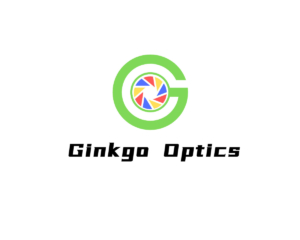Diffraction and optical resolution
Diffraction is the process by which light interference is most commonly observed. The effect was first described in 1665 by Francesco Maria Grimaldi, who also coined the term from the Latin diffringere, ‘to break into pieces.Later that century, Robert Hooke and Isaac Newton also described phenomena now known to be diffraction in Newton’s rings while James Gregory recorded his observations of […]
